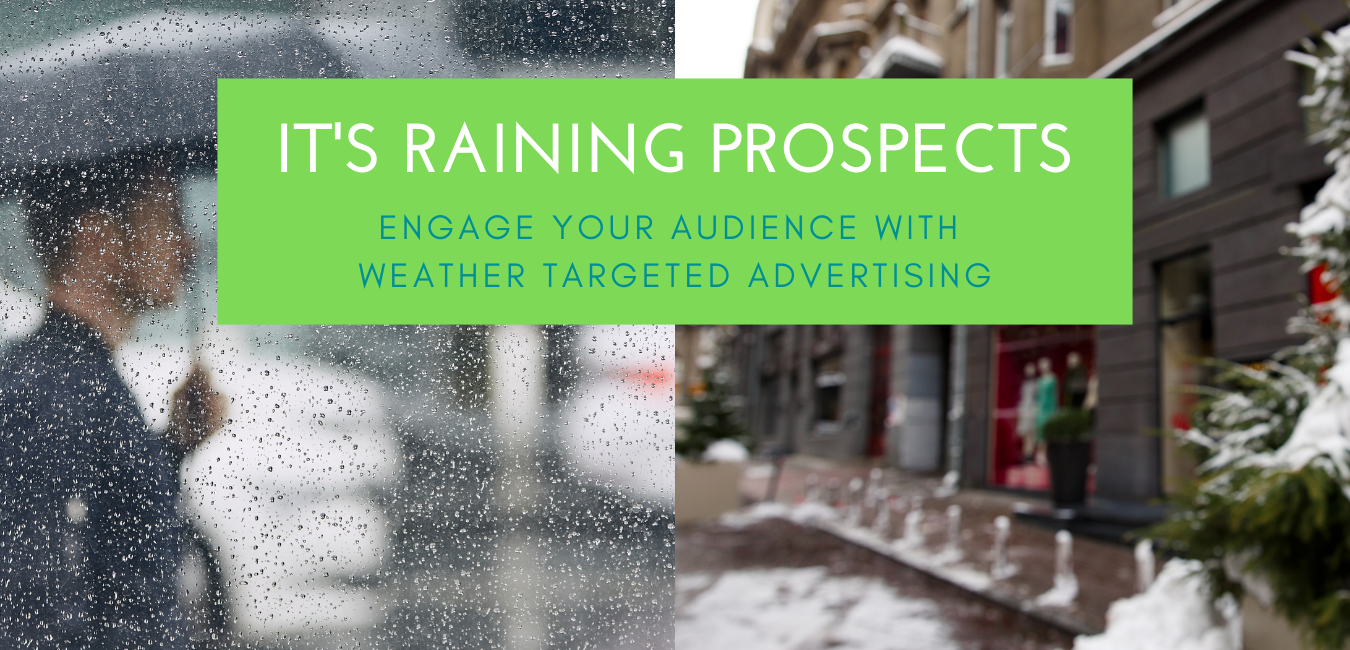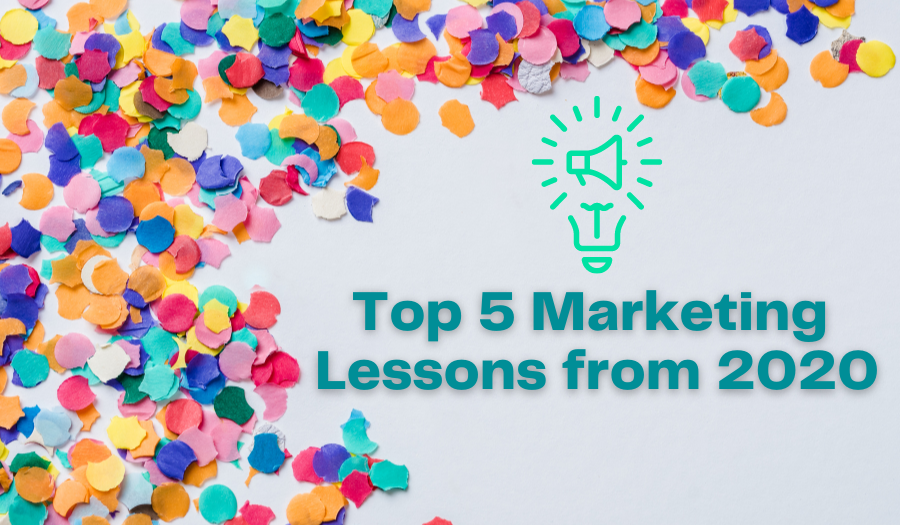How iOs 14 is Changing the Way We Advertise
Apple has made some pretty big changes to their data tracking permissions in iOs 14, causing a lot of buzz in the marketing world. Arguably the most significant change is their opt-in approach, where users must now give consent to which apps they allow to track their online behavior. This is different from their previous opt-out approach, where users would automatically share data until they chose to opt-out.
So what does this mean for advertisers? We'll answer some of the most common questions we've been asked and give you actionable steps to help your business adapt to ensure you're getting the most out of your digital ads.
What exactly is changing in iOs 14?
With this release, Apple is changing the way app developers can access the IDFA (Identifier for Advertisers) from an opt-out approach to an opt-in approach.
The IDFA is how marketers discover information such as:
• Which in-app events a user triggers (i.e., activities, milestones, transactions)
• When a user interacts (clicks, completes a form, etc.) with a mobile ad campaign
• Advertisement attribution (which ad led to further engagement i.e., purchase, sign up, etc)
By assigning a device to a single IDFA, advertisers who are able to track IDFAs within a campaign have greater certainty about the defining qualities of that user and whether their decision to convert was based on an advertising campaign.
What platforms/apps will be impacted?
The changes in iOs 14 impact all apps that collect user data, including mainstream ad platforms, like Facebook, Google, Snapchat, TikTok, DSPs (demand side platforms), and MMPs (Mobile Measurement Partners). However, Facebook is making the most noise because of the enormous impact on their self-serve ad platform.
How will this change impact advertisers?
The changes in iOs 14 will directly impact media buying strategies, and our ability to measure and track ad campaigns. Businesses that advertise mobile apps, as well as those that optimize, target, and report on web conversion events from any of Facebook's business tools will be affected.
Advertisers should expect to face some challenges with:
- Retargeting- (based on device-level targeting) will no longer work for users who have opted out of sharing their IDFA. While platforms including Google and Facebook will have other ways to identify devices (like email or phone number), some programmatic platforms that do not have that level of data will also see a reduction in audience size.
- Ad Measurement- Much of the data you normally see in the Facebook ads manager will be missing. They are removing estimated reports and you will no longer see a breakdown of platforms.
- Reporting Delays- Real-time reporting will be a thing of the past. Data can be delayed by up to 3 days. Moving forward, web conversion events will be reported based on when the conversions occur, rather than the time of the ad impression. This will make it more difficult to understand the buyer's decision cycle, and could result in wasted ad spend.
- Account Attribution- Facebook is shortening their 28-day attribution window down to 7 days. To combat this challenge, advertisers should look into their 7-day click performance and adjust their overall ROAs or CPA goals.
- Reduced Look-a-like Audiences- As more people opt-out of tracking, you will experience weaker look-a-like audiences. If you rely heavily on campaigns built from pixel based custom and look-a-like audiences, you will likely see a decline in results.
Are my ad campaigns doomed?
While these changes sound scary and are sure to impact your current campaigns, particularly on Facebook, there is no need to panic.
The biggest impact will be felt by the publishers and ad platforms, like Facebook and Google. However, advertisers still need to be diligent in understanding these changes and focus on tracking ROI on your ad campaigns.
What do Facebook advertisers need to do?
Since so many small businesses rely on Facebook's platform to advertise, it's important to understand exactly what is changing and how to adapt.There are a few steps Facebook advertisers can do to reduce the impact of these changes.
1. Plan and optimize your conversion events
Facebook will be restricting advertisers to eight unique conversion events per domain. Facebook will initially configure the conversion events they believe are the most relevant based on the advertiser's business and activity. Because of this limitation, you will want to review your reporting, attribution windows and conversion events.
2. Verify your domains
To verify your domain(s), go into Business Manager or Events Manager. You will also need to update your TXT records or upload an HTML file to your website.
3. Auto Advanced Matching
You can do this in 6 easy steps:
1. Go to Events Manager
2. Select your pixel
3. Select the settings tab
4. Below the automatic advanced matching section, select ON
5. Select show options
6.Toggle ON and select all parameters
4. Conversion API (CAPI)
This is especially important for eCommerce stores. The Conversions API allows advertisers to send web events from their servers directly to Facebook. Server events are linked to a pixel and are processed like browser pixel events. This means that server events are used in measurement, reporting, and optimization in the same way as browser pixel events. For detailed instructions, refer to Facebook Developer's page.
5. Own your data assets
If you have not already, start collecting your prospects’ phone numbers and emails. Clean up and segment your email lists, but most importantly, focus on building your own assets through lead generation. Utilize content strategies combined with tools like HubSpot to create user-friendly inbound experiences will make it easier to collect more first-party data. This way you can reach prospects on more channels.
What other digital advertising options do I have?
If your paid social campaigns are leaving you with disappointing results, start exploring additional digital advertising methods to give you greater reach. Adding programmatic, geofencing and PPC into the mix can help you target your audience across the internet, rather than solely on social platforms.
What if I need help with my campaigns?
We’re here to help set up your campaigns to ensure you won’t miss out on any valuable data. We can build a strategy that will minimize the impacts from iOs 14.






Leave a Reply